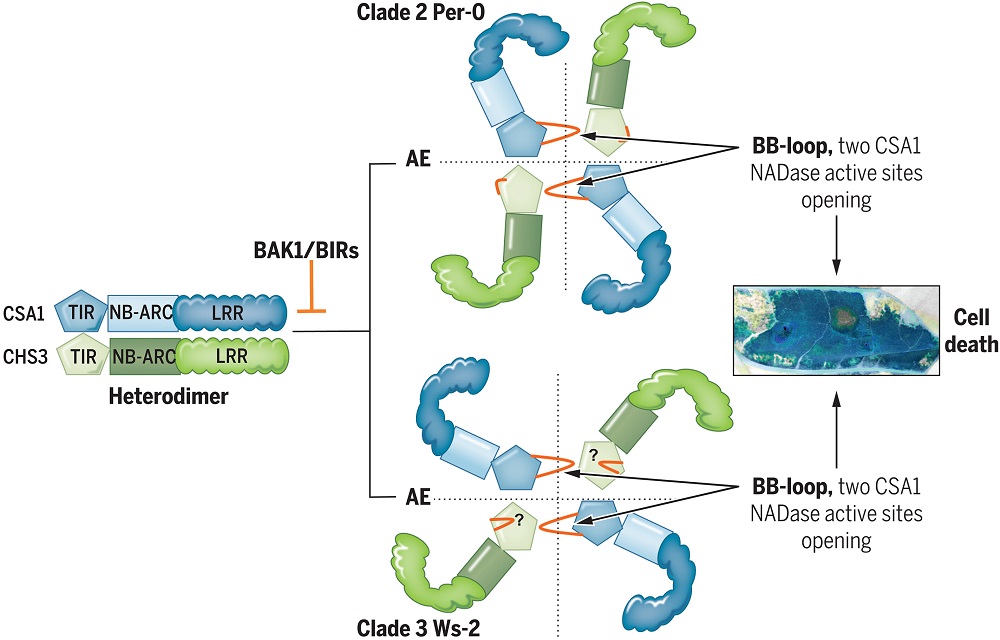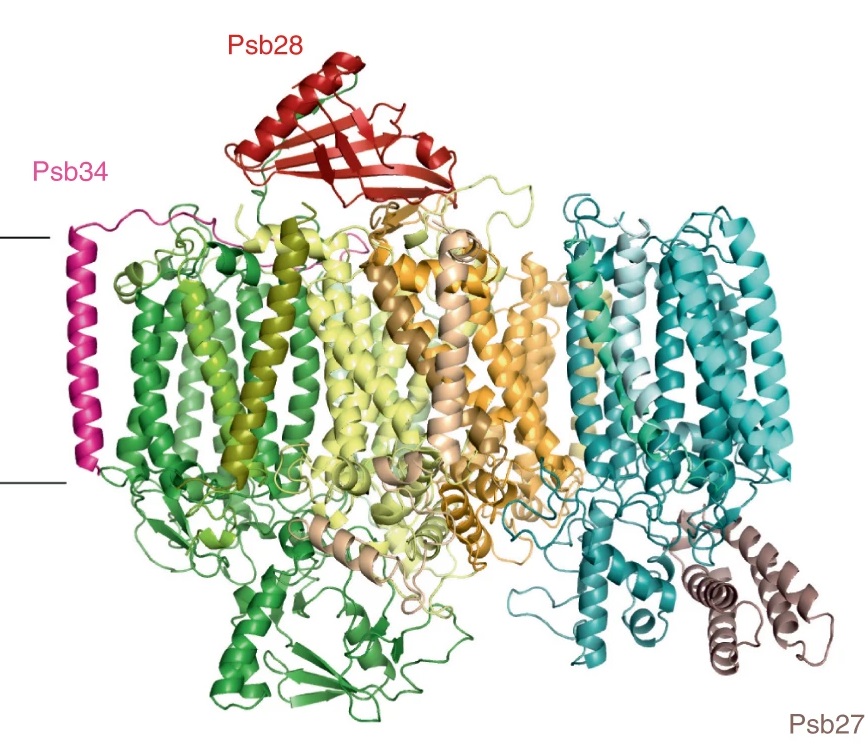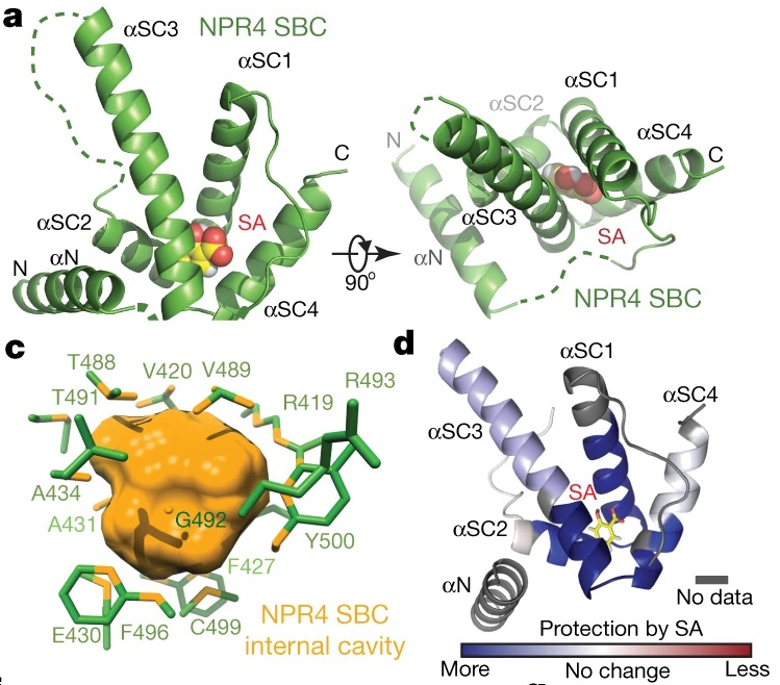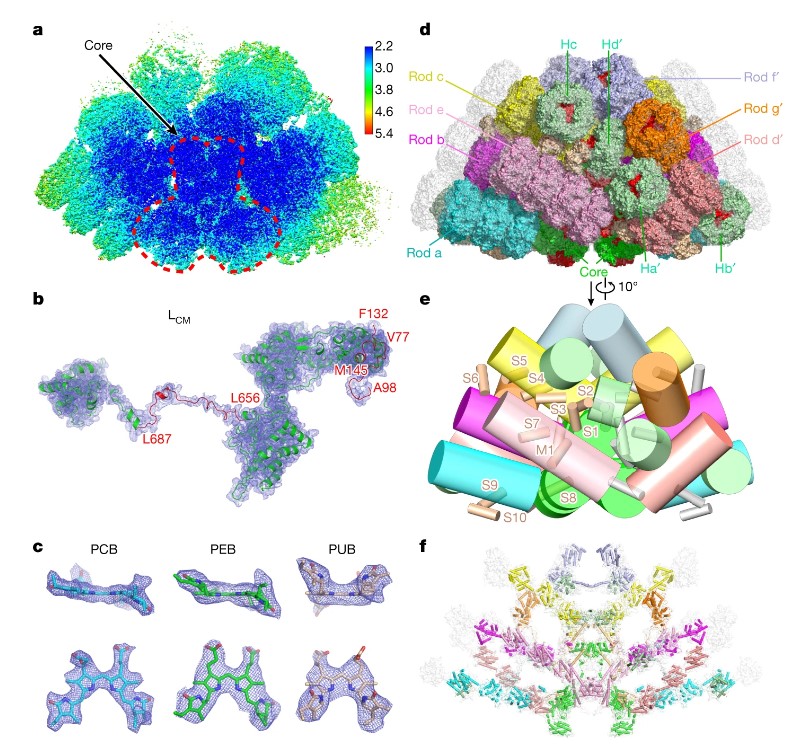
Every pair is special!
Plant Science Research WeeklyThe identification and characterization of resistosome complexes, formed by the oligomerization of intracellular nucleotide-binding leucine-rich repeat receptors (NLRs), has recently been a major focus in the field of plant immunity. Some NLR genes occur as head-to-head pairs encoding proteins that function…

Ferns unleashed: Novel insecticidal proteins IPD113 challenge Bt resistance
Plant Science Research WeeklyInsect pests pose a significant threat to global crop production, with lepidopteran species like corn earworm and armyworms causing substantial losses. The widespread use of insecticidal proteins from Bacillus thuringiensis (Bt) in crops has been a key strategy to combat these pests. However, the emergence…

Review: Substrate recognition and transport mechanism of the PIN-FORMED auxin exporters
Plant Science Research WeeklyThe PIN-FORMED family of auxin transporters were first identified through genetic screens of Arabidopsis thaliana in the 1980s. Recessive pin mutants form a flowerless, pin-like inflorescence. Subsequent work showed that the encoded genes are membrane-localized auxin transporters and contribute to the…

Insights into the chloroplast division site regulators and light
Plant Science Research WeeklyChloroplasts divide by binary fission driven by a protein ring, the position of which is regulated by the Min system (derived from the system in bacteria). The inner envelope membrane protein PARC6 (PARALOG OF ARC6) is a key component. Here Sun et al. generated crystal structures showing that PARC6 interacts…

Structural insights into photosystem II assembly (Nature Plants)
Plant Science Research WeeklyPhotosystem II is a multisubunit enzyme complex in the thylakoid membranes of plant, algae, and cyanobacteria. Here, Zebret et al. used cryo-electron microscopy to produce high-resolution structural information of the intermediate complexes involved in the biogenesis and assembly of photosystem II from…

The structure of a triple complex of plant photosystem I with ferredoxin and plastocyanin (Nature Plants)
Plant Science Research WeeklyPhotosystem I (PSI) is a membrane-bound protein complex that plays a central role in the conversion of solar energy to chemical energy to drive assimilate production. Photosystem I is an enzyme complex that transfers electrons from plastocyanin (Pc) to ferredoxin (Fd). Here Caspy et al. have characterized…

Structural basis of salicylic acid perception by Arabidopsis NPR proteins (Nature) ($)
Plant Science Research WeeklySalicylic acid (SA) is a critical hormone in plant-pathogen responses. The main receptors of this hormonal signal are a small family of NPR proteins (NONEXPRESSOR OF PATHOGENESIS-RELATED GENES). Although NPR1 is a positive regulator of defense signaling, NPR3 and NPR4 serve as negative regulators; they…

Structural basis of unidirectional energy transfer in Porphyridium purpureum phycobilisome (Nature)
Plant Science Research WeeklyCyanobacteria and red algae employ phycobilisomes (PBSs) as light-harvesting systems to adapt to fluctuating environments. PBSs are composed of phycobiliproteins, linker proteins and chromophores. Ma et al. used cryo-EM to determine the 2.82 Å structure of the very large (14.7-megadalton, 706 protein…

Flexibility of intrinsically disordered degrons in AUX/IAA proteins reinforces auxin receptor assemblies ($) (BioRxiv)
Plant Science Research WeeklyAuxin is involved in multiple plant development and stress response which necessitates complexity in auxin signaling. Auxin at a particular threshold in the cells brings together the TIR1/AFB1-5 (TRANSPORT INHIBITOR RESPONSE1/ AUXIN SIGNALING F-BOX 1-5) members and members of the 29 Aux/IAA members bound…

